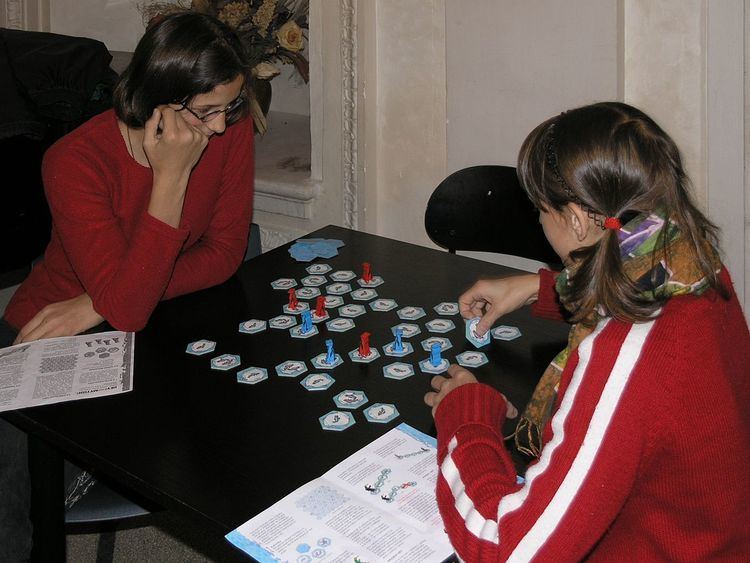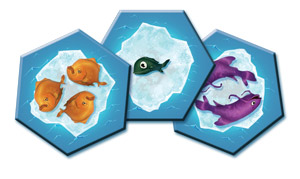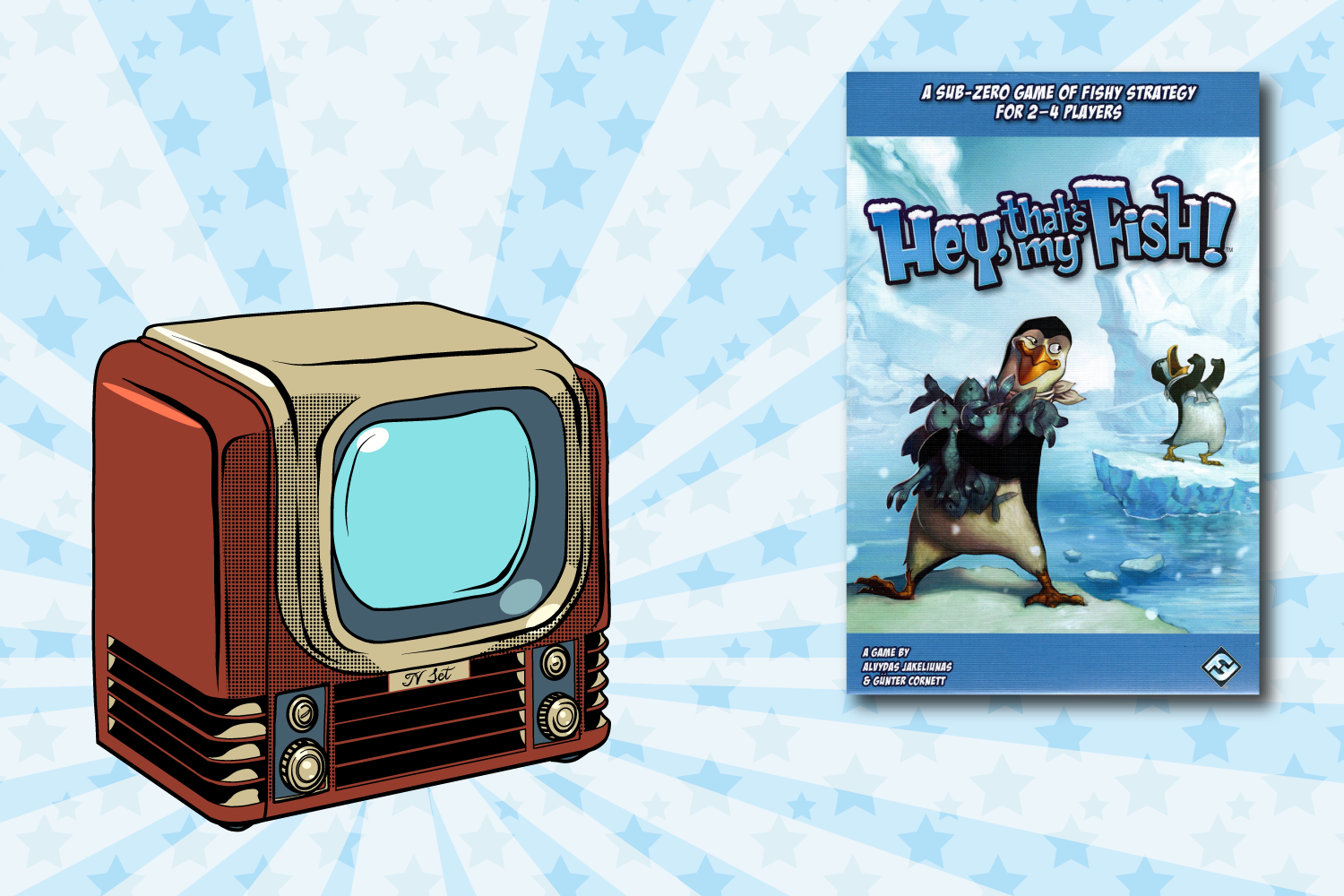
Honey, which claims to be the design of Jeffery Vanneste, does have a few alternative rules for different bees, but the fact that it fails to mention its penguin roots makes us suspect it won't be available in the App Store for long. The simple game is almost an exact clone of Hey, That's My Fish, a 2003 game designed by Günter Cornett and Alvydas Jakeliunas that used penguins jumping around ice floes. Honey, That's Mine can be played in three flavors: simple, normal, and advanced. Even though the bees fly, they can't cross an open space this rule sets up a game that is much, much more than meets the eye. As they leave a location, that hex is removed from the board.

The game uses little honeybee characters that fly across a board of hexagons to collect drops of honey. This blog post contains affiliate links.įind other board game and toy reviews here.Board gamers looking for ported game apps on the iPhone (and now, finally, the iPad) might overlook the just-released offering Honey, That's Mine. We were sent the Hey that’s my Fish! board game for review purposes. It’s available from a wide range of retailers and online. Hey that’s my Fish! costs around £10 and is suitable for ages 8+ (though my six year old had no trouble at all with it). It’s a small game in a small box, so it’s the kind of thing we would take on holiday or keep in our activity bag which I have ready for when we go out with the boy. We kept things light and fun for the boys and it’s something I know they will want to play again and again. It entertained the adults and children equally well, and it’s the kind of game you can really get seriously strategic about if you want. It’s fairly quick to play and was a perfect for playing while we waited for our meals to arrive. The boys, aged six and seven got the hang of the rules really quickly and enjoyed the game. The key to success is thinking two or three moves ahead and trying to block your rival penguins in if you can. Hey that’s my Fish! is a good introduction to strategy games. Once all the cards have gone, or a penguin impasse has been reached, then you count your fish. The aim of the game is to collect the most fish, so strategically it makes sense to try to land on and collect as many of the two and three fish cards as you can, then the one fish cards, but it’s not always that simple. You can’t move over any penguins which might be in your way, nor can your penguin paddle through the gaps in the ice where other players have collected their cards. Starting with the youngest player first, you can move one penguin in a straight line in any direction, landing on a fish card and collecting it. When laid out the “board” of fish cards isn’t huge, maybe around A4 size, which means it’s good for playing on small tables in restaurants or even on trains. Each player takes two of the coloured penguins (choose from red, blue, yellow or green) and you place them randomly on the board. Hey that’s my Fish! is suitable for 2 to 4 players.



The fish cards have one, two or three fish printed on them, and you need to mix them right up so they’re fairly well distributed across the board. The game is really quite simple to set up and play. We had planned to meet my brother, his wife and my seven year old nephew for lunch, so I threw Hey that’s my fish! in my bag to keep the boys entertained. I have seen Hey that’s my fish! before in the shops, but hadn’t really looked at it too closely as my son is 6 years old and it’s advertised as suitable for ages 8+. We were asked some questions about how old we all were and what our favourite and least favourite games were, then we waited for our first specially picked board game. Each month 50 bloggers are sent a new (or new-ish, or at least new to them) board game to play and put to the test. This month we have joined the Blogger Board Game Club run by Playtime PR.


 0 kommentar(er)
0 kommentar(er)
